Heads up! We may use affiliate links in this post. You'll never pay more, but we might earn a small commission if you buy - thanks for supporting us! See our full disclosure here.
Greenery is essential for livening up any indoor space, but not all of us are blessed with sun-drenched rooms just begging for a monstera to reach its phototropic peak.
For those dimmer corners that crave a spot of life, low-light indoor hanging plants are the answer.
The gentle tendrils and cascading leaves don’t just look nice in your decor—they also help clean the air and boost your mood.
Here are ten champions of plant decor that don’t shy away from the shadows!
10 Best Low Light Hanging Plants
1. Pothos
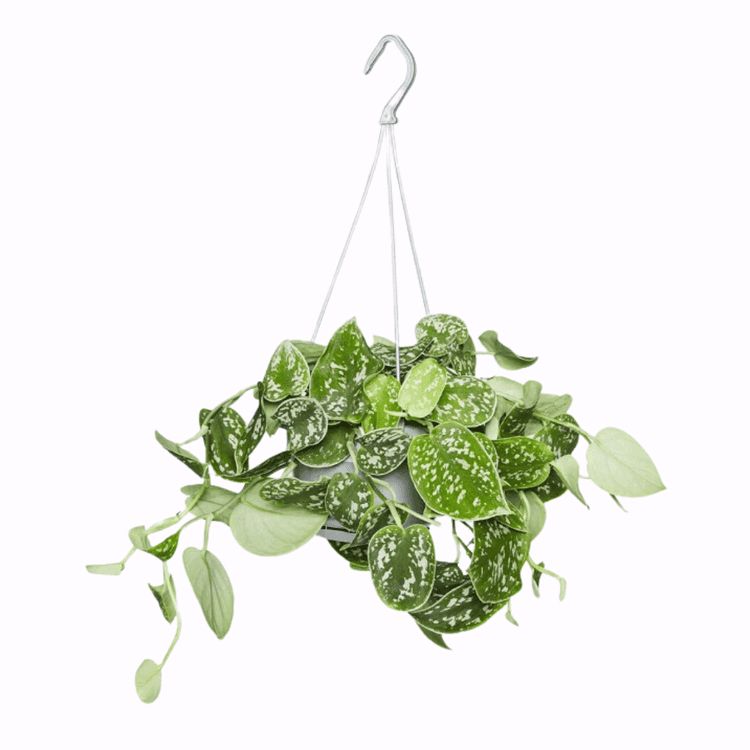
King of Versatility
Pothos, or Devil’s Ivy, is a quintessential low-light houseplant known for its heart-shaped, glossy leaves.
This vine plant is virtually indestructible, adapting to a variety of conditions. It’s one of those plants that fare just as well in bright, indirect light as it does in almost full darkness.
Hang the plant where its vines can trail down or use its aerial roots to climb a moss pole for added visual interest.
YOU MIGHT LIKE THESE TOO:
- Transform Your Home Into A Forest Oasis With TikTok’s Latest Trend: Forestcore!
- Best Indoor Plant Stands For Multiple Plants
- Sustainable Living: 9 Eco-Friendly Home Interior Ideas
2. Spider Plant
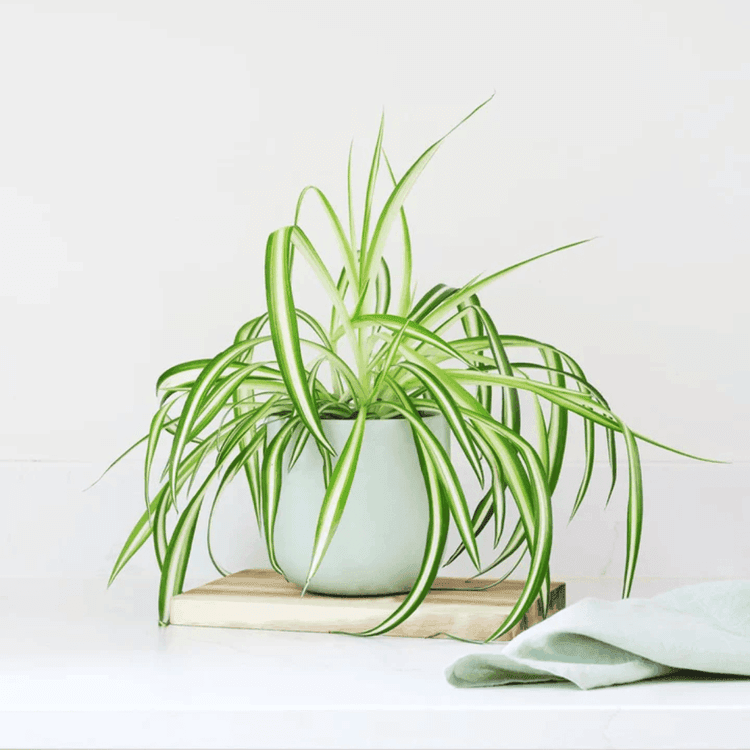
Air-Cleansing Champion
The Spider Plant is a low-light favourite with its arching leaves and plantlets that dangle like spiders on a web.
It is not only one of the easiest plants to grow but also tops the charts for its air-purifying capabilities, making it a perfect addition to your home or office.
Its adaptable nature means it will thrive in various environments, from bright, indirect light to near shade.
3. Snake Plant

The Minimalist’s Dream
Also known as Mother-in-Law’s Tongue, the Snake Plant is popular for its striking architectural structure and its ability to tolerate neglect and low light.
With its sword-shaped leaves that stand stiffly upright, it makes an interesting centrepiece or addition to a collection of hanging plants.
It’s a great plant to have around as it’s known for absorbing toxins from the air.
4. Boston Fern
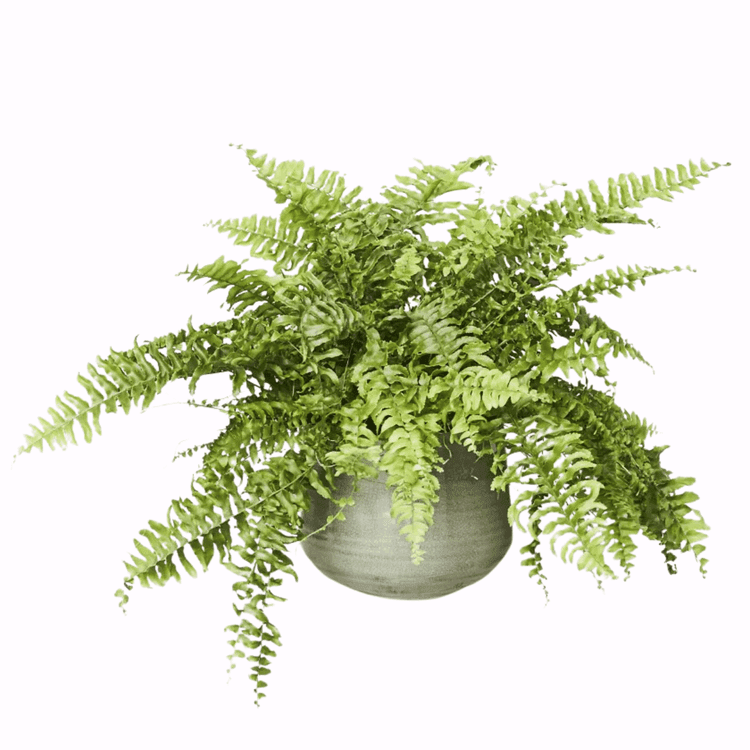
The Victorian Classic
The Boston Fern, scientifically known as Nephrolepis exaltata ‘Bostoniensis’, is a lush, classic houseplant that enjoys widespread popularity due to its graceful, arching green fronds
It has a delicate appearance with its feathery, lace-like fronds that can spread up to four feet.
It enjoys higher humidity and does exceptionally well in bathrooms with a light shower every so often.
5. Heartleaf Philodendron

The Sweetheart of Low-Light
The Heartleaf Philodendron’s heart-shaped, dark green leaves cascade in long tendrils, making it an eye-catching addition to any room.
It’s another vine that can easily be trained to climb or hang.
It’s virtually indestructible and can tolerate being left alone for long periods, ideal for busy plant lovers.
6. ZZ Plant

Low Light Superstar
The ZZ Plant is virtually indestructible, and its enthusiastic growth even in the darkest corners makes it popular in the interior-scaping world.
Its shiny, dark green leaves that almost look painted on require very little maintenance, and it’ll tolerate a variety of conditions, including low light, making it a top choice for hanging pots in dim areas.
7. English Ivy
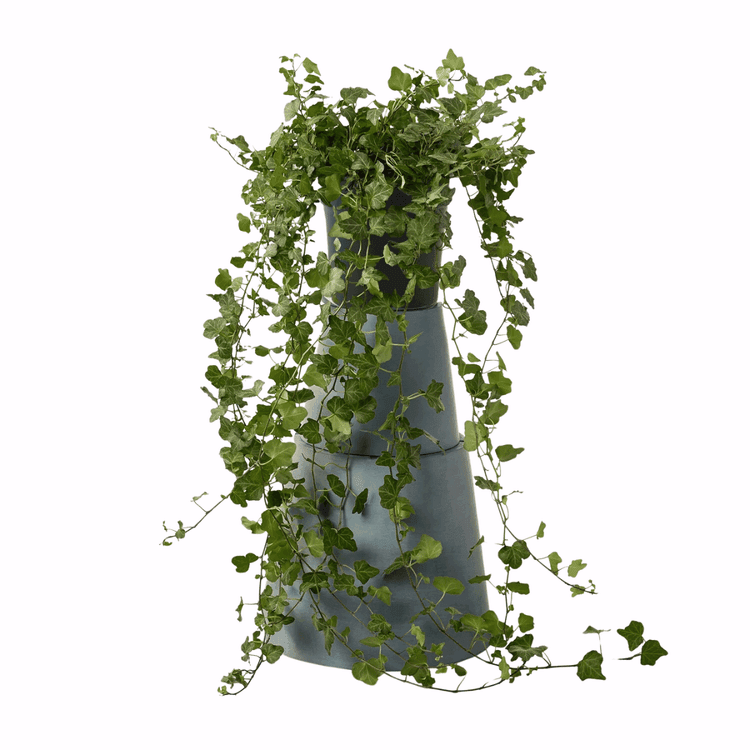
The Romantic Trailblazer
English Ivy is known for its romantic, cascading tendrils and the fact that it can easily cover a lot of ground (or wall) with the right encouragement.
It’s a traditional favourite for hanging baskets, with its variegated or all-green leaves adding a splash of colour to your indoor landscape even in low-light settings.
8. Chinese Evergreen
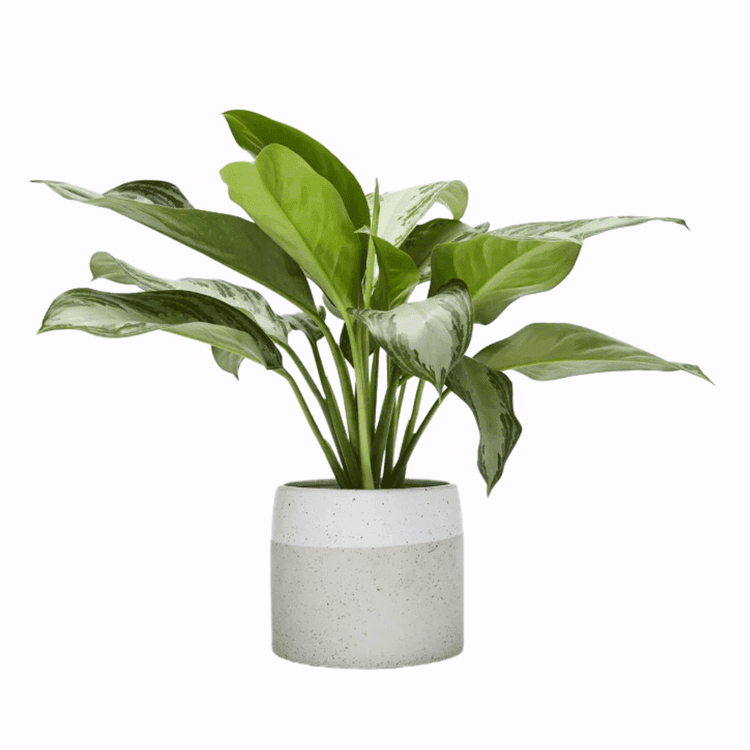
The Decor Queen
The Chinese Evergreen, with its leathery, variegated foliage, is a top pick for those wanting a pop of colour in their low-light spaces.
This hardy plant comes in a variety of leaf patterns and colours and is perfect for adding an elegant touch to any room.
It’s one of the most durable houseplants you can have, surviving even the darkest corners.
9. String Of Pearls
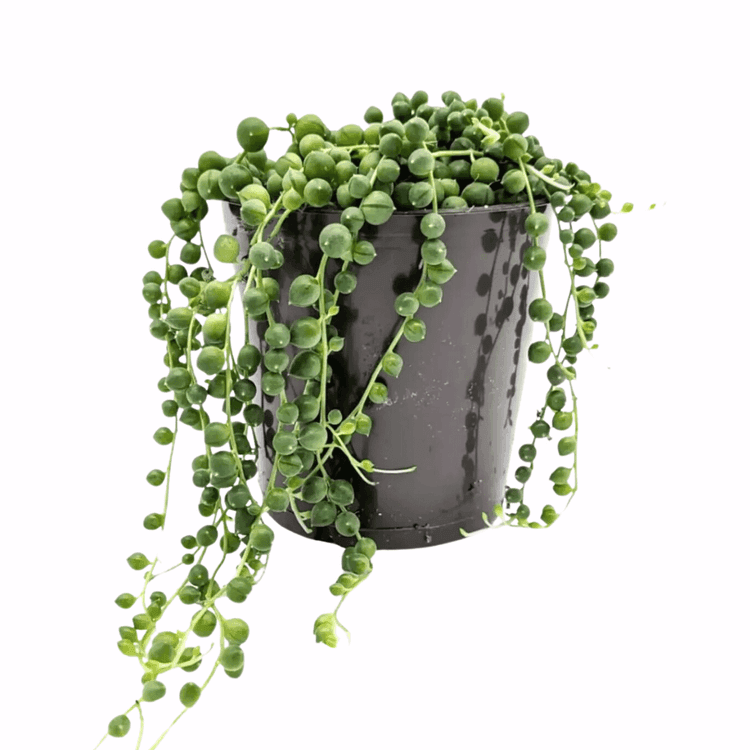
Green Pearls of Envy
The String of Pearls, with its unique, bead-like leaves, has captivated the hearts of plant enthusiasts for its whimsical aesthetics and trailing growth.
It’s particularly celebrated for its ability to add some drama to indoor spaces, making it an ideal plant for hanging baskets where its strings of pearls can cascade beautifully.
10. Staghorn Fern

Antlered Leafy Mount
The Staghorn Fern, named for its large, antler-like fronds, is a distinctive and visually striking plant that adds a touch of the exotic to any indoor space.
Unlike traditional potted plants, the Staghorn Fern thrives when mounted on a piece of wood or in a basket, mimicking its natural habit of growing on trees in the wild.
This epiphytic nature sets it apart from other ferns, making it a fascinating subject for indoor gardeners looking to introduce a piece of the rainforest into their homes.
Save on Pinterest for later?


